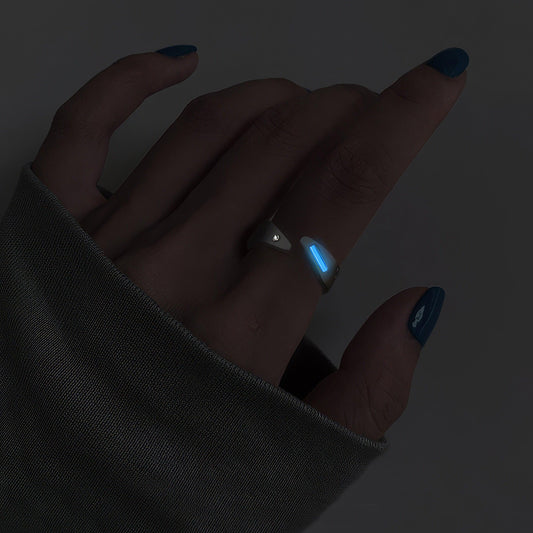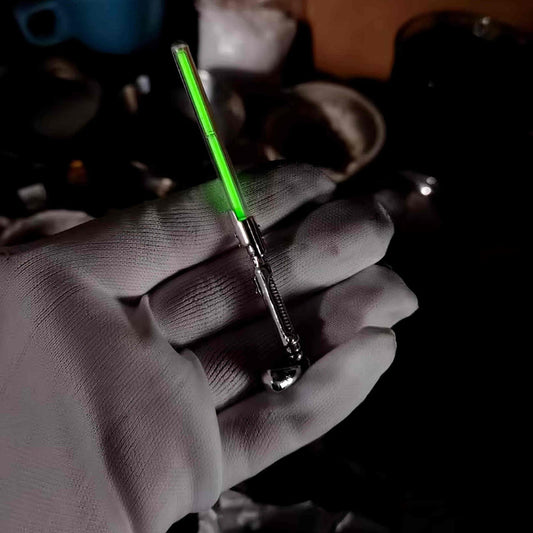Why Is It Called the Ring Finger
Why Is It Called the Ring Finger
Have you ever paused mid-manicure, caught yourself in a fleeting moment of curiosity, and wondered why exactly it's called the "ring finger"? If so, you're certainly not alone. This deceptively simple question unravels a tapestry of history, culture, and even a bit of anatomy, all tangled up in a human fascination with rings and the finger that bears them.
The journey starts in ancient Egypt. Imagine the Nile gently winding through lush landscapes, with pyramids standing stoically against the desert horizon. Egyptians believed that a special vein ran from the fourth finger on the left hand directly to the heart. Known as the "vena amoris," or vein of love, this belief led them to place a ring—the timeless symbol of commitment and eternity—on this finger to tether the heart and soul of one lover to another. While modern medicine has dismissed this romanticized anatomy (our veins don’t organize themselves around romantic ideals), the sentiment has endured, weaving itself into the cultural fabric across civilizations.
My grandmother used to tell stories about her grandmother, who kept a delicate gold band on her left hand. She wore it not just as a token of marriage but as a shield against the harsh realities of war and scarcity. I remember touching that band, a faint inscription inside, and feeling like it connected me back to a time when people had far less but loved no less passionately. Perhaps this personal connection is why I never questioned which finger the ring belonged to—it just seemed right, as though history had been guiding us all along.
Moving across cultures, the importance of the ring finger reveals a delightful diversity in tradition and practice. In many Western countries, the left hand is the preferred choice for wedding bands, yet in places like Russia and India, the right hand takes this honor, demonstrating the fluidity of symbolism. It feels akin to a beautiful conversation, where each culture adds its unique inflection to a universal language of love.
But why does the material object hold so much sway over such an intimate symbol? Rings themselves have evolved remarkably from simple metal bands to lavish designs flaunting diamonds and precious gems. Over time, the ring finger has become a canvas that reflects personal taste, heritage, and sometimes, societal expectations. Whether minimalistic or extravagant, each ring encapsulates a piece of the wearer's identity, as distinct as their fingerprint.
So next time you find yourself twiddling with a ring, or even eyeing your bare finger, you might ponder the strange and wondrous journey that has made this digit the official bearer of vows and promises. From symbolic veins, through ancestral stories, to modern fashion debates, the ring finger quietly continues its role, linking the past to the present in its charmingly understated way. It's a testament to how deep the roots of tradition can go, right through our fingertips.



























